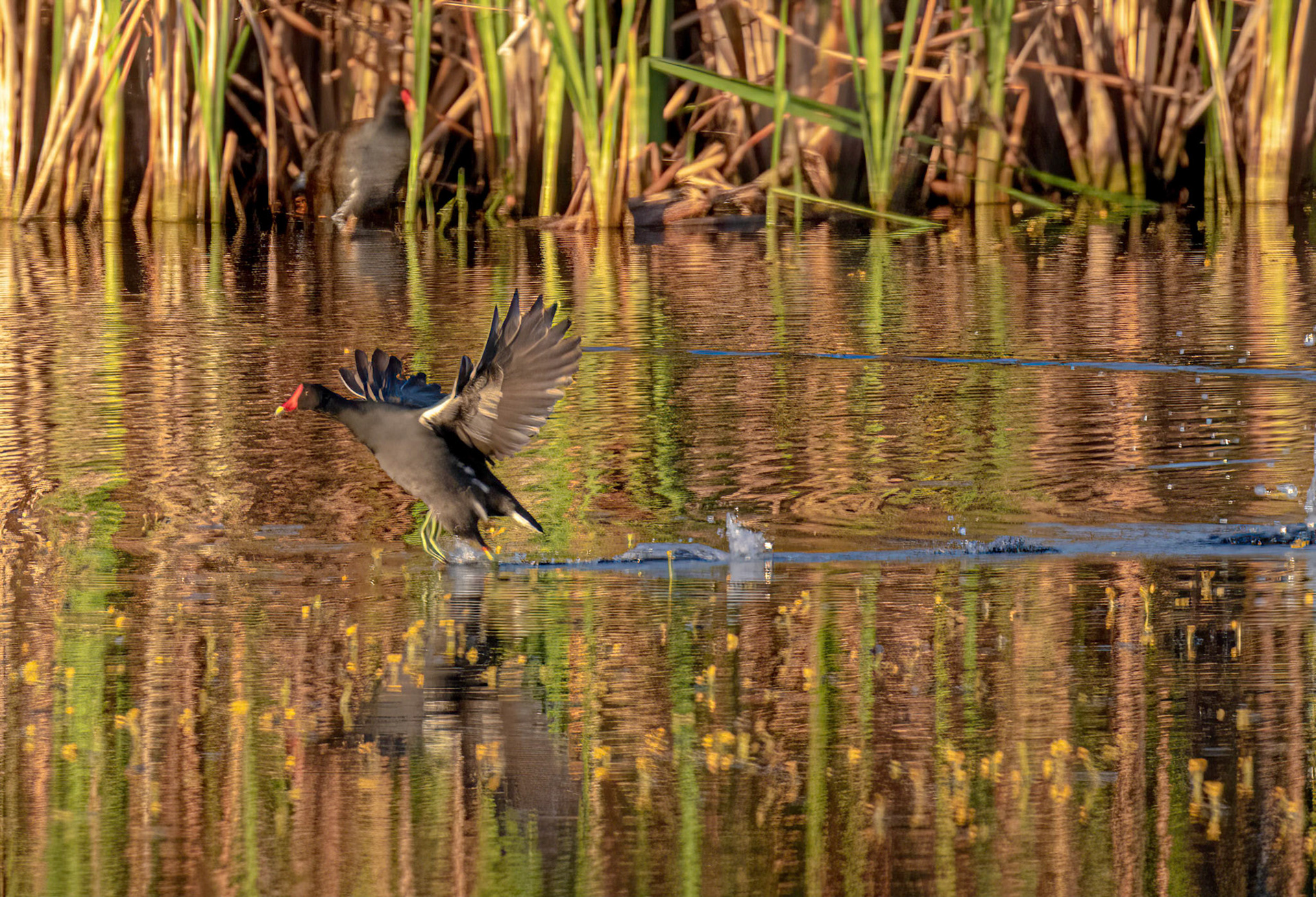
Purple Gallinule

Purple Gallinule with feeding chick



Common Gallinule




Common Gallinule mating pair with 2 chicks

Common Gallinule mating pair with 2 chicks

Common Gallinule chicks

Common Gallinule feeding young












